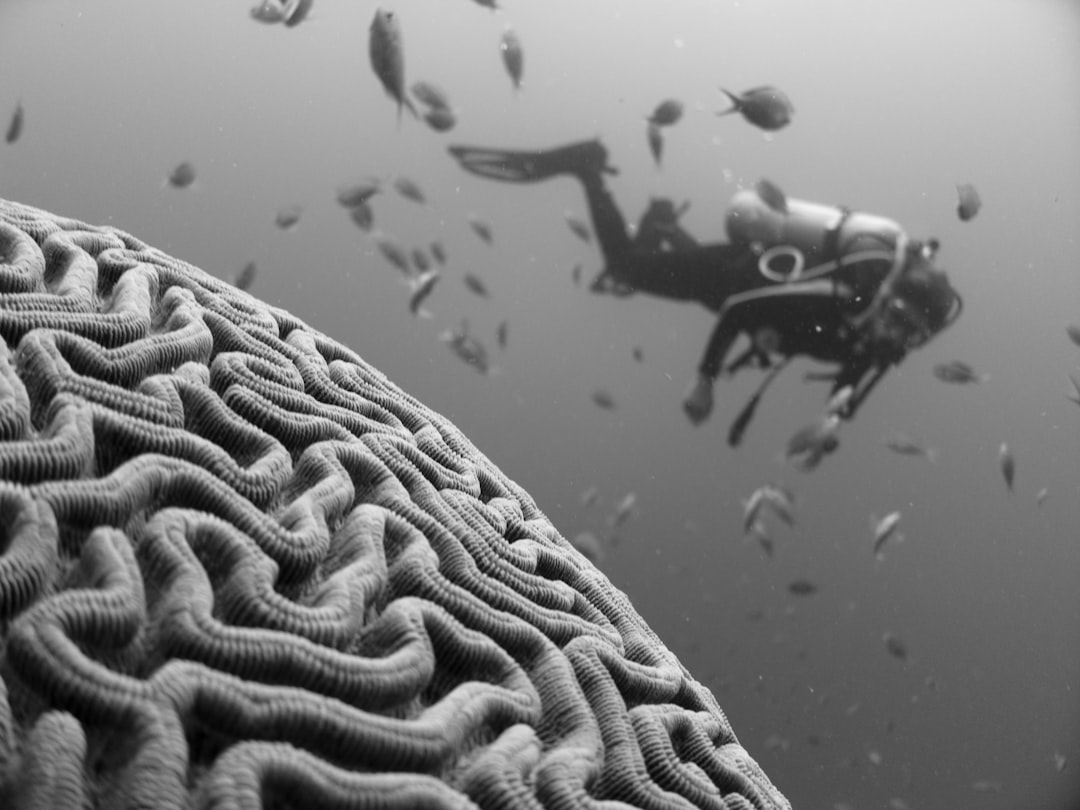What is it about?
In 1844, an exhibition of a holy relic at the Trier cathedral attracted hundreds of thousands of visitors, eliciting public outrage and exacerbating inter-confessional tensions between conservative Catholics, liberal Protestants, and radical anti-clericalists throughout the German territories. This article analyzes the public debate that ensued and argues that in the context of theological discussions on universal religious themes, notions of German character were prevalent across the political and religious spectrum. Moreover, across confessional divides, religious fragmentation among Germans was considered the mark of a unique German aptitude for spiritual exploration and resistance to institutional rigidity. As seen by contemporaries, these qualities singled out the Germans for a spiritual quest in search of an ultimate, universal religious creed that would unify the Germans and ultimately humanity. This finding raises important questions on the interaction between inclusionary and exclusionary elements in ethnic and national identities and their positioning within universalistic structures.
Featured Image

Photo by Mika Baumeister on Unsplash
Read the Original
This page is a summary of: Germanness and religious universalism in the aftermath of the 1844 Trier pilgrimage, Nations and Nationalism, June 2021, Wiley,
DOI: 10.1111/nana.12735.
You can read the full text:
Contributors
The following have contributed to this page










